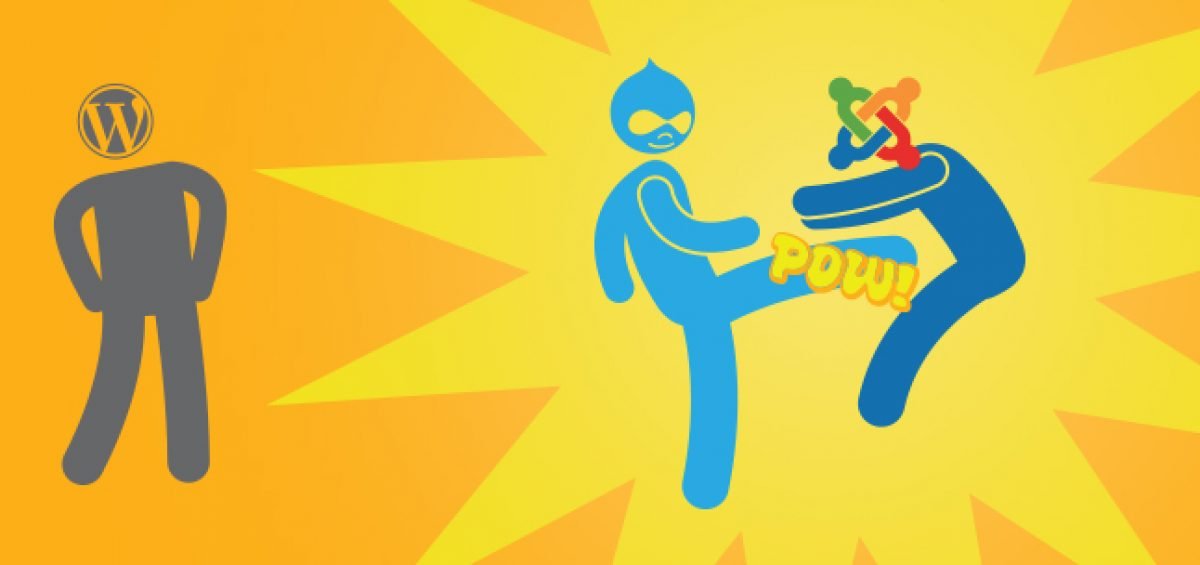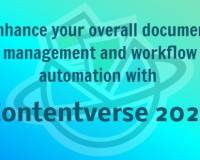Often confused with document management software, content management systems are an entirely different breed of web-based publishing and editing software used to create websites and blogs. While they’re not something we can offer to you (sorry), these publishing solutions are widely popular (and one such CMS, WordPress, is used by us right here on this very blog you’re reading). Beyond WordPress, Joomla and Drupal are widely recognized as the most popular content management software.
Because WordPress and its features are becoming increasingly common due to being the most user-friendly and least technical of the three, the most popular alternatives – Joomla and Drupal – are often grouped together despite several differences. Nonetheless, many businesses seeking to build a website opt for Joomla or Drupal, as opposed to WordPress, due to increased flexibility. As a result, many businesses seeking to develop their site should weigh the pros and cons of Joomla and Drupal. Although both share several similarities in design and implementation, it’s wise to consider every factor when determining what content management software will best run your website.
Joomla vs. Drupal
Drupal requires the most technical savvy to install and use, yet is the most capable of building complex websites. There may not be a better CMS in terms of tagging and organizing various content; the size and complexity of a database is never an issue for Drupal. In terms of complexity and ease of install, Joomla sits between Drupal’s technical prowess and WordPress’ user-friendly interface. Many businesses are drawn to Joomla’s capacity for social networking, a key feature for businesses whose services include customer support and interaction. Quizilla is one of many web sites that uses Joomla’s interactive, conversation-driven prowess. All three platforms share a general three-stage installation process, which includes creating and specifying a MySQL database, though Drupal’s process uses more technical lingo in its descriptions. Overall, all three CMS are relatively easy to set up for those familiar with MySQL and CMS. There is no substantial difference.
User-friendly interface
WordPress has the most user-friendly interface out of the three because it combines the most fluid aspects of both Drupal and Joomla. It uses a simple dashboard, much like Joomla, that’s easy to navigate. Drupal’s interface takes the most to get accustomed to because the top dashboard options always refer to the specific page a user is on, which is not the case with Joomla or WordPress. However, Drupal also has the greatest dashboard flexibility, allowing users to specify exactly what they want to appear on the dashboard. If you have never used CMS before, WordPress or Joomla is a good first step if interface is your priority. If you have some familiarity, Drupal’s flexibility may prove most effective. It comes down to what interface you feel most comfortable using.


Traffic generation
Beyond adding content, which all three CMS do well, the most important aspect of your site is its traffic. A quality CMS aids your site by optimizing its content for SEO as best as possible. Joomla has tools like Social Marketing Genius, but the SEO plugin community for Joomla seems sparser than Drupal or WordPress. Drupal has an extensive community devoted to plugins for SEO, such as the popular AddToAny and SEO Checklist. WordPress has the most extensive plugin community due to its popularity with a vast number of SEO tools. Overall, WordPress has the most tools for SEO purposes, though Drupal isn’t far behind. If one is using Drupal or Joomla as opposed to WordPress, then he or she will likely have familiarity with SEO writing and design already, so this is not a determining factor in finding a CMS provider.
The bottom line
There is no exact science to determining the best content management software for your website – there are fervent supporters and detractors of each. This shows that the most optimal way to decide is to try out all three for yourself. Fortunately, each CMS offers a demo version so users can get acquainted with the interface and some features. You can try out Joomla and test demos of both the Drupal main and admin pages. Try out WordPress by creating an account. From there, you can set up a test blog.
When weighing the pros and cons of Joomla and Drupal, it’s recommended to try out both to see what fits best for you and your company. Although sifting through demos may be time-consuming, it’s valuable to decide on an optimal CMS before your website attains a large following. At that point, changing your CMS may have traffic repercussions, so choose wisely.
About the Author:
  | Mike Mineo is a writer and PR professional who enjoys writing about music and technology. He is the founder/editor of Obscure Sound, a music site that features independent artists, and also runs Obscure PR, which seeks awareness for independent talent. Also an experienced tech writer, he was impressed by Computhink’s software and staff, which prompted him to join Computhink‘s team. Mike has a BA in Communications from Fordham University. |













Leave a Comment